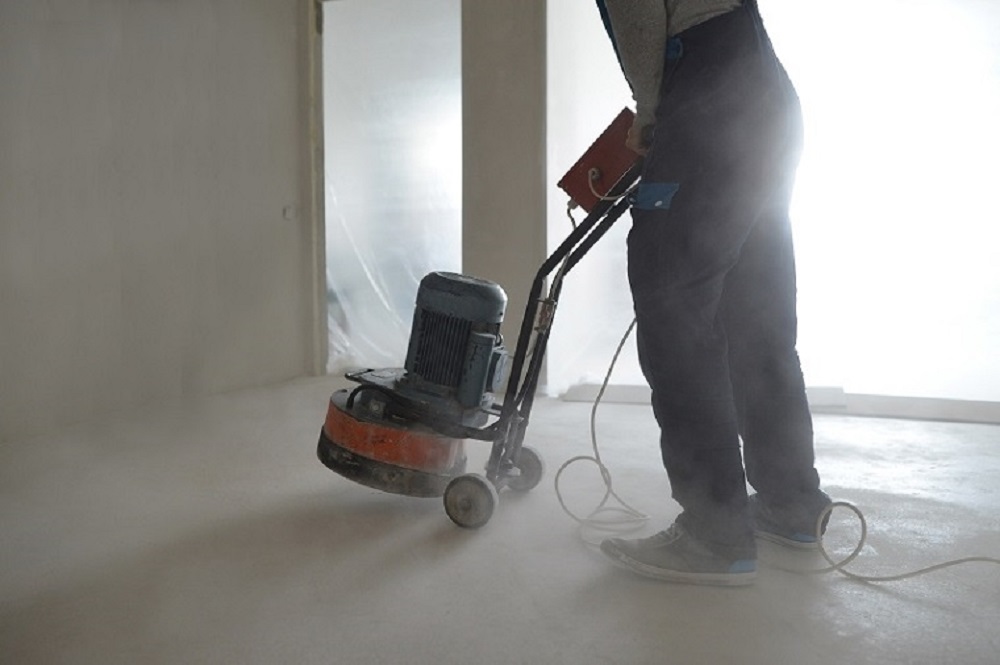Types Of Polishing Pads And Their Purpose
Polishing pads are special tools used for applying polish to surfaces and processing them mechanically. Although these pads are often used with machine polishers, some of them can also be used for polishing by hand.
How Useful is a Polishing Pad?
Polishing pads are helpful in distributing polishing agent over the surface and working into it with controlled motions. The material with which a pad can be made depends on the characteristics required at the time of polishing. Foam has bigger size cells that can hold higher amount of paint and still allows you to move the agent with less force or friction. The stiffness of the pad can also have an impact on how you move the agent on the surface. Using the right polishing pad on the right surface will give you better control and finish. It is important to know how the correct pad can be used to achieve the desired results.
Different Kinds of Polishing Pads
Although the main aim of using a polishing pad is to process the agent on the surface in a stable and controlled manner, there are different materials that can be used for making it, each having its own pros and cons.
Foam: Foam is one of the most common materials used for making polishing pads. They are available in a variety of sizes, colours, shapes and forms. The major difference lies in the foam material itself, in terms of cell type, cell size, and cell wall thickness. The stiffness of the polishing pad and its capacity to absorb the polishing agent depend on these factors. The stiffer the pad, the more friction you will have to use to move it on the surface. Foam pads are cheap and offer varying design options. Because of these reasons, foam pads are the ones most commonly used.
Microfibre: This type of pad has short or long strain fibres on a thick cloth, stiff foam, or any other tight back plate. Microfibre polishing pads are not able to absorb residue or material properly, but they can handle more pressure and friction while polishing. Fibres of a microfibre polishing pad can be made up of different materials, generally synthetic.
Wool: Wool pads can be made up of natural or synthetic fibres of wool, processed to make the desired size and shape. The fibres are attached to a tight backplate with short or long fibres. The fibre type determines the efficacy of the pad. Generally, wool pad is rougher than a foam one and gives a better cutting result. However, as compared to others, wool pads need more careful handling to stay in shape.
PE Fibre: PE fibre polishing pads are made up of synthetic fibre strands that have a firm surface. Because of this, they are usually not used on paintwork, but can be very effective on hard surfaces like metal or glass. Special polishing agents are often used with these pads to work with harder materials.
Wetsand: Wetsand pads can be made up of different materials, like denim, and are meant to deliver high cutting capacity. It is so high that it is often referred to as sanding, and not polishing. Lubrication agents are liberally used with these pads and they need to be used with extra care and caution. They are highly effective in removing excess paintwork from the surface, apart from orange peels and deep imperfections.
Now that you know the different types of polishing pads available out there, you need to choose the one as per your project requirements, the surface to be polished, and the imperfections you want to remove with them. Make sure that the pad you choose is high in quality and is designed to serve its purpose well.








1 comments
Hi!
ReplyDeleteMy name is Mike Morleye and I am a professional creative writer. I write on home improvement and health care on which I believe we hold a mutual interest.
I came across your blog some time back and I found it interesting and exciting. You are doing a terrific job and I would love nothing more than contributing by being a Guest Writer in such a way which would maintain the high quality that readers expect from your blog.
If you are keen, I can send you an article. I am very excited to work with you. My only request is that you permit me to add a link into the content body or in the author’s bio section. Hope that is fine by you.
Please do let me know your thoughts.
Here are my social media links:-
Facebook: https://www.facebook.com/morleye.mike
Twitter: https://twitter.com/MikeMorleye
Linkdein: https://www.linkedin.com/in/mike-morleye-5257b1195/
Pinterest: https://www.pinterest.com/mikemorleye/
Instagram: https://www.instagram.com/mikemorleye/
Thanks and Regards,
Mike Morleye